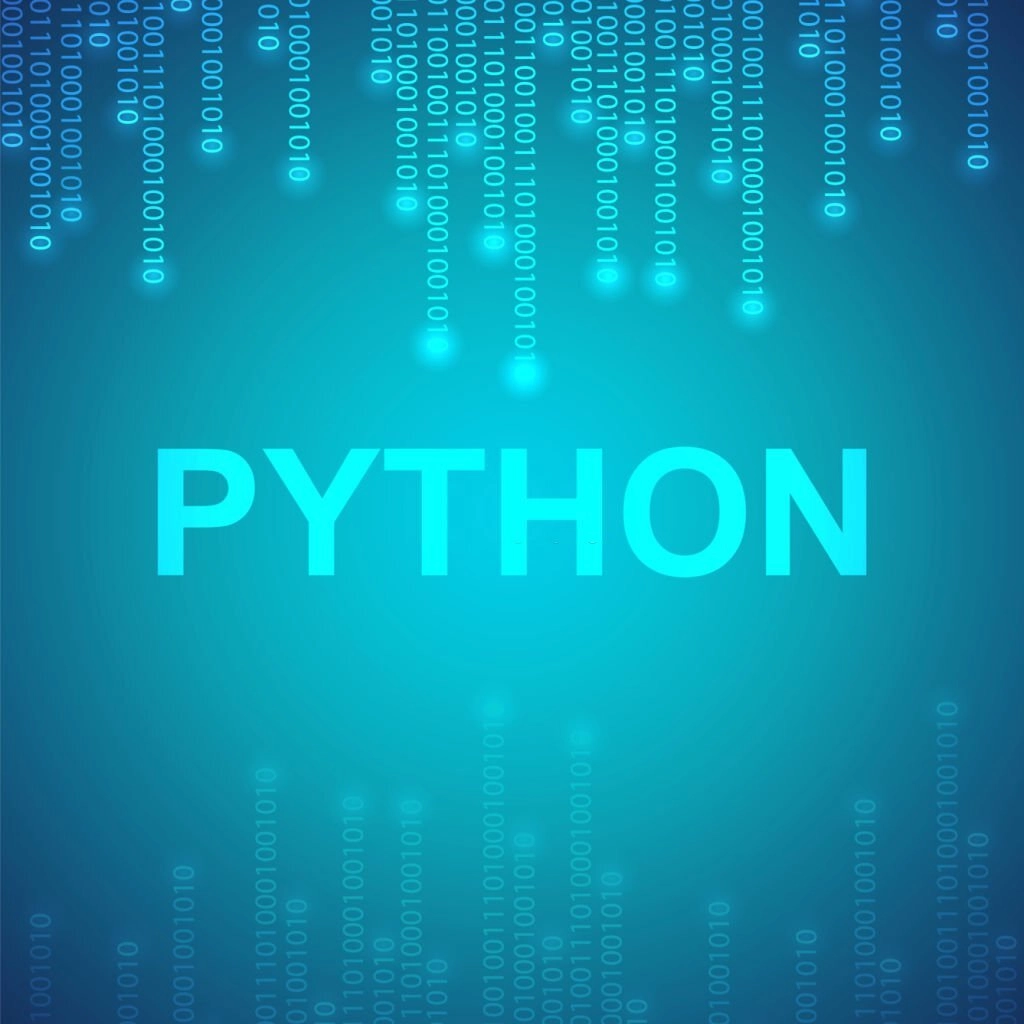Python ** Explained (Double Star Or Double Asterix)
페이지 정보
작성자 Merry 작성일24-12-28 02:00 조회57회 댓글0건관련링크
본문
Consider a scenario where you're working with massive knowledge units or performing numerous calculations. In such a case, the optimal selection for memory and efficiency would seemingly be the double-star operator. The elevated efficiency may lead to a more streamlined execution course of, doubtlessly lowering the computational burden on your system. Performance : File dealing with operations in Python will be slower than different programming languages, particularly when dealing with massive information or performing advanced operations. What's Python file dealing with? Python file handling refers to the strategy of working with information on the filesystem. It involves operations akin to reading from recordsdata, writing to recordsdata, appending data and managing file pointers. ] corresponds to the values. ] was used to stand for the values. Loops are sometimes used to iterate and manipulate sequential knowledge varieties. The for loop in Python is very similar to other programming languages. We can use break and continue statements with for loop to change the execution. However, in Python, we will have non-compulsory else block in for loop too. I hope you may have gained some fascinating concepts from the tutorial above. When you've got any questions, let us know within the comments under.
Thread Safety: When utilizing customized capabilities in a multi-threaded environment, guarantee your features are thread-safe. Think about using connection per thread.For more advanced database operations, you might want to check out Python SQLite3 execute() Technique Information or study committing changes. SQLite's performance with custom Python functions. It enables you to implement specialised calculations and operations directly in your SQL queries. We are able to get out of the for loop using the break assertion. It will terminate the for loop execution and the code block won’t be executed for the remaining parts of the iterable. This is beneficial when we found what we are in search of and don’t must process different parts of the iterable. Now, if you're interested by realizing how you can implement knowledge science ideas with Python, you can go through this weblog on Python Data Science tutorial. Additional, check out our gives for the Python certification course - forum.altaycoins.com,. You may also undergo these free Python Coding Interview Questions ready by trade consultants.
It is important to understand Python's basic ideas to utilize it efficiently. Variables are used to carry information in Python and do not should be explicitly declared. A variable's data kind is automatically ascertained by looking at the worth that's assigned to it. Management structures handle the flow of execution in a program. Object-oriented programming, which divides code into lessons and objects, is supported by Python. Python has strong error and exception dealing with features that make sure that the program can deal with unexpected circumstances politely. The following table lists the line plot styles. Do not forget that it's also possible to use these kinds with other kinds of plots. For example, a scatter plot can use these types to define each of the information factors. When in doubt, attempt the types to see whether or not they’ll work together with your particular plot. It’s form of wonderful to assume that IPython offers you with magic, but that’s exactly what you get with the magic features. Most magic features begin with either a % or %% signal. Those with a % sign work within the surroundings, and those with a %% sign work at the cell level.
Notice: For extra info, refer Python Units. Dictionary in Python is an unordered collection of data values, used to store information values like a map. Dictionary holds key:value pair. Each key-worth pair in a Dictionary is separated by a colon :, whereas every key is separated by a ‘comma’. Observe: For extra data, refer Python Nested Dictionary. Every part in Python is handled as an object so each variable is nothing but an object in Python. A variable can be both mutable or immutable. If the variable’s value can change, the item known as mutable, whereas if the value can't change, the article is known as immutable. We'll be taught the distinction between mutable and immutable types within the later part of this article.
In the Automate the Boring Stuff with Python on-line ebook, you'll learn about dictionaries, strings, debugging, common expressions and extra. If you favor a video format, then you'll be able to undergo the YouTube sequence that Al Sweigart put collectively. On this 12 hour YouTube Edureka course, you will learn about functions, loops, lists, conditionals, error handling and extra. This course will also discuss career opportunities in Python and wage expectations for Python builders. In this TechWorld with Nana YouTube course, you will study strings, variables, OOP, functional programming and extra. You will also build a couple of initiatives together with a countdown app and a mission targeted on API requests to Gitlab. In Python, you'll be able to store values to variables. The worth of a variable can then be changed all through the execution of the program. As you'll be able to think about, storing data is essential to a pc program. For example, a typical sport software keeps track of some form of score. Behind the scenes, the score is a variable that is updated based mostly on certain actions. This is a comprehensive guide on variables in Python.

Warning: Use of undefined constant php - assumed 'php' (this will throw an Error in a future version of PHP) in /data/www/kacu.hbni.co.kr/dev/skin/board/basic/view.skin.php on line 152
댓글목록
등록된 댓글이 없습니다.

